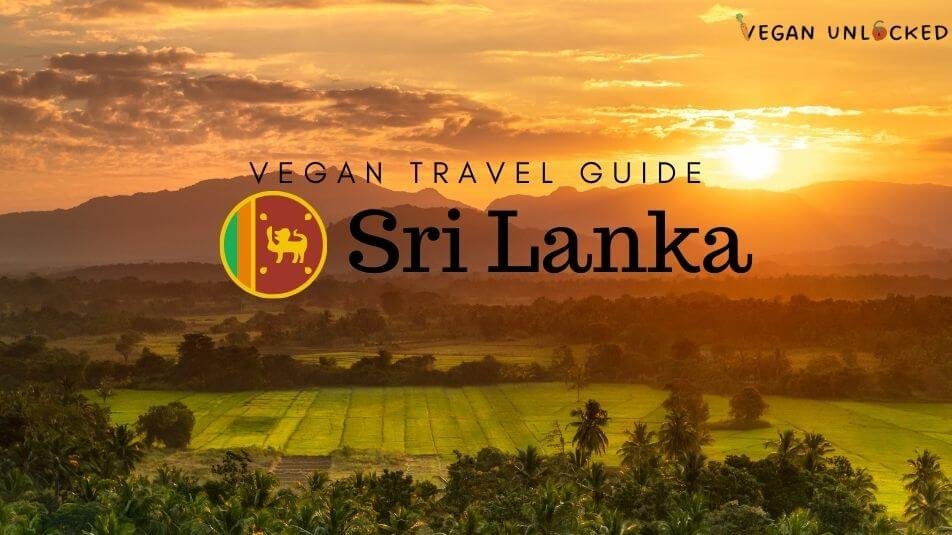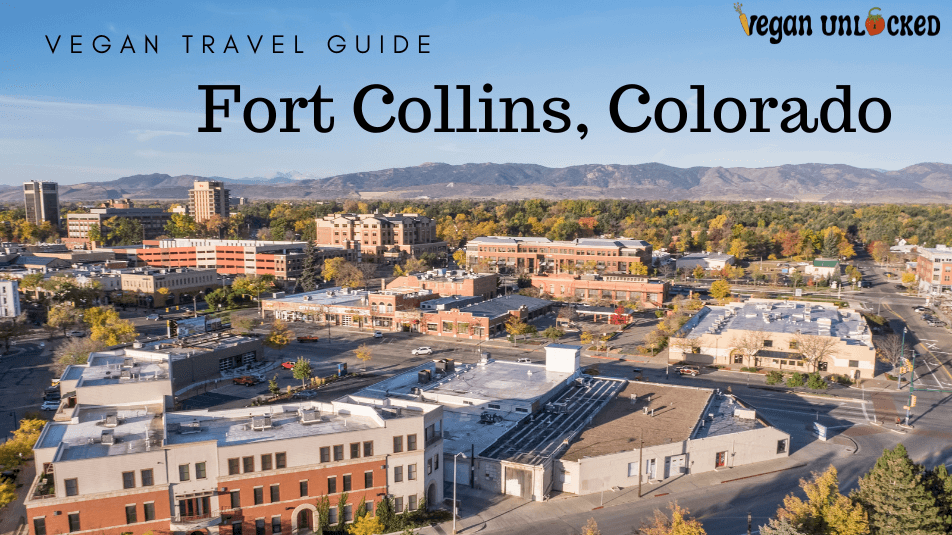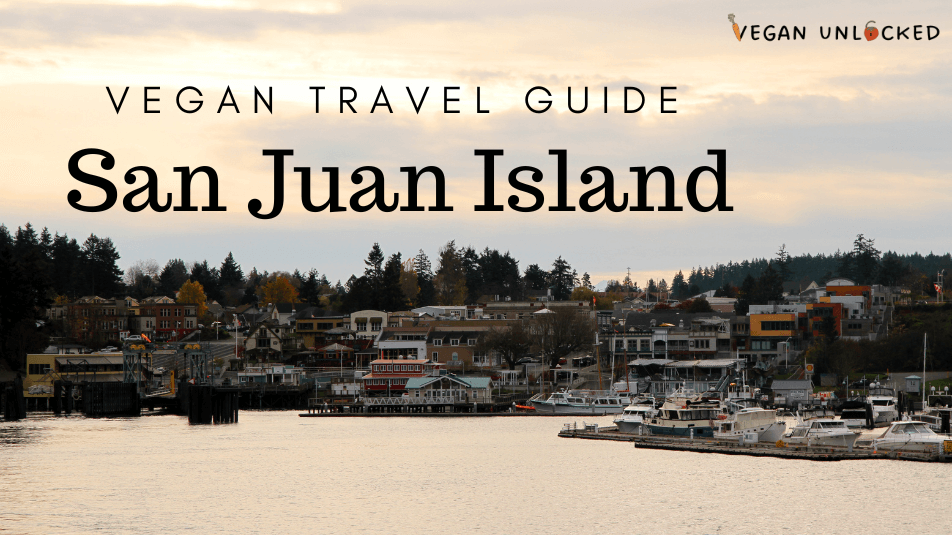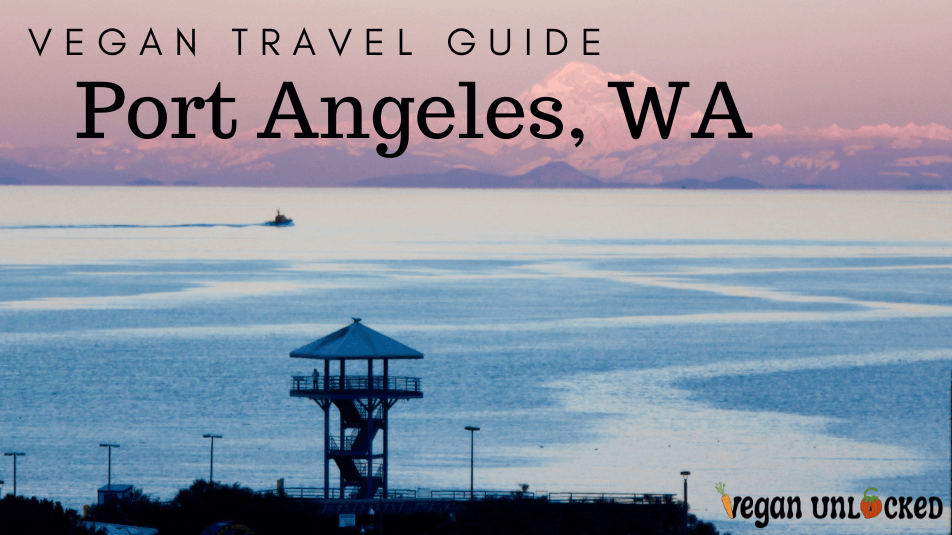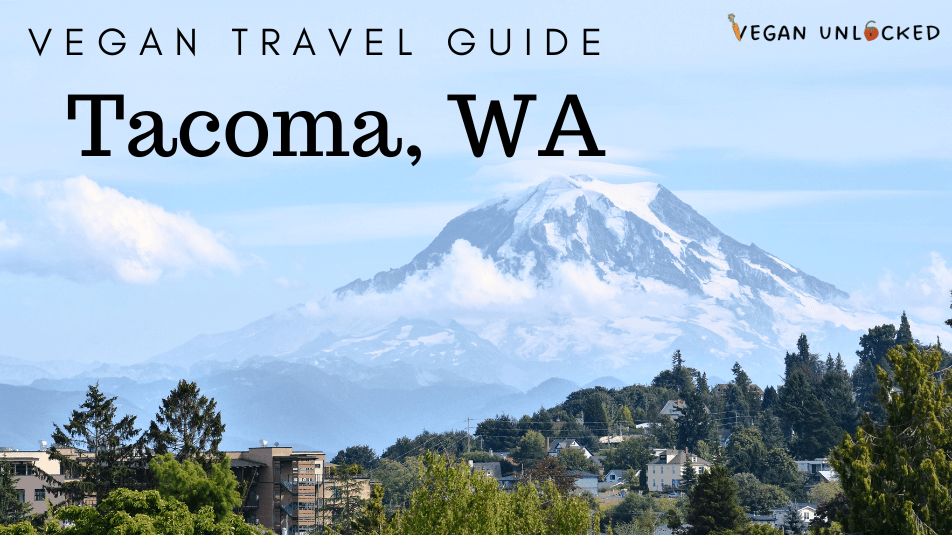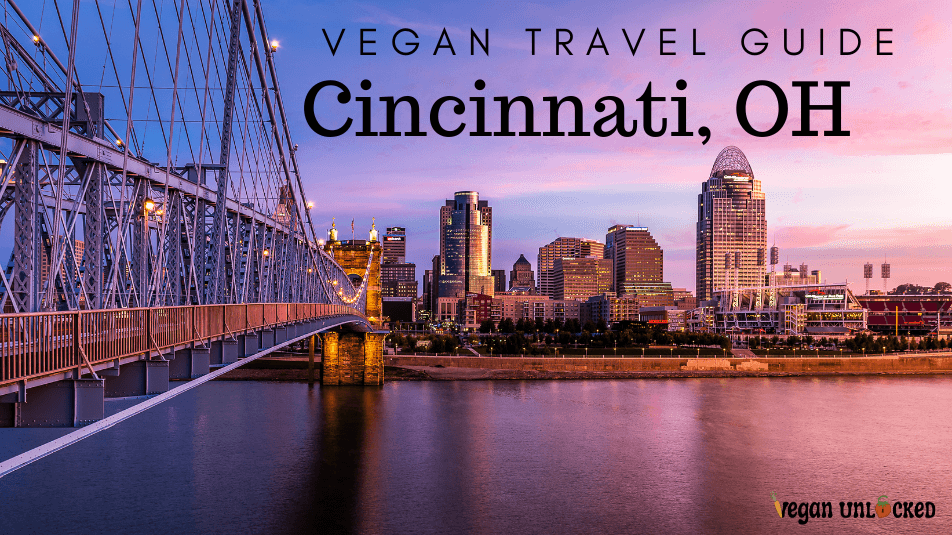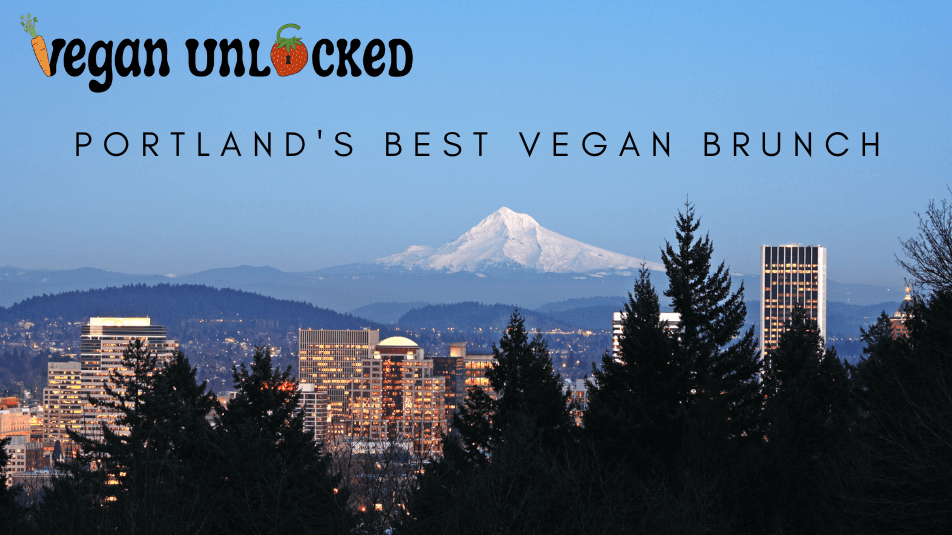Wondering what it’s like to be vegan in Sri Lanka? You have come to the right place! Lucky for you, Sri Lanka is one of the easier countries to find plant-based food. The food alone is a fascinating part of this wondrous country- but it’s just the beginning of what Lanka has to offer.
If visiting Sri Lanka isn’t at the top of your bucket list, it needs to be. Called the “pearl of the Indian Ocean” for good reason, this breathtaking country boasts every natural feature imaginable. Ancient cultural structures, a plethora of diverse wildlife, charming villages, dense jungles, lush mountains and a magnificent coastline make up only a handful of reasons to visit Sri Lanka. When traveling via public transit and staying in locally owned homestays and hostels, Sri Lanka is also one of the cheapest countries on Earth to travel to!
If you visit Sri Lanka, you are in for the experience of a lifetime. If you’re into rugged adventures, you might summit sacred Sri Prada/Adam’s Peak mountain, track wild leopards in wild Wilpattu National Park, or SCUBA dive in the turtle-filled waters of Mirissa. If you’re interested in cultural immersion, you might try your hand at traditional pottery, stroll a labyrinth of market Bazaars, or observe the practices at a local temple. Or maybe kicking back on the beach with a cocktail in your hand is about all you have the energy for.
No matter what your interests, Sri Lanka is sure to have what it is you’re looking for!
So what’s it like being vegan in Sri Lanka?
The answer is that it’s absolutely wonderful! Much of Sri Lankan cuisine is already centered around lentils, rice and roti, a delicious flatbread that often contains coconut and green chilies. The country also hosts a bounty of delicious fruits and vegetables, including jackfruit, coconut, mangoes and more.
As a predominantly Hindu culture, vegetarianism is common in Sri Lanka. You will not be looked at strangely for requesting a meatless meal!
Think you know your spices? Try again. Pictured is a spice booth at a market Bazaar on the streets of Kandy. This is how Sri Lankans accomplish such intense depth of flavor even in the simplest of dishes. It’s all about the spice here!
I traveled through Sri Lanka with my girlfriend for an entire month. We visited both well-travelled areas and regions where we were curiously stared at, approached or conversed with for being the only tourists around. And I’m happy to report that we had no difficulty finding plant-based options.
As a note, because Sri Lanka is an island nation, the cuisine there is somewhat limited. Being in Sri Lanka for a month, we tried quite a few versions of the same meals! But most of these traditional meals are all easily veganizable if they aren’t vegan already.
Sri Lanka’s predominant languages are Sinhala and Tamil. Given that 87% of the nation speaks Sinhala, it’s valuable to learn bits and pieces of this language. That being said, almost ¼ of all Sri Lankans can speak some English. In a region with any tourists at all, it’s likely you’ll be able to find someone to communicate with if English is a language you speak. The more language you familiarize yourself with, the more you’ll be able to venture beyond the touristy areas.
Pro Tip: Traveling on a budget? Rather than climbing the famed Lion’s Rock in Sigiriya, opt to climb the neighboring Pidurangala Rock. This rock is free to climb, and you’ll get a breathtaking view of Lion’s Rock from above. Be sure to start your climb long before sunrise. You’ll want to be seated at the summit and ready for a show when the first light of morning appears. Words cannot describe what you’ll see when the sun begins to rise. You’ll just have to go there and see it for yourself!
“Egg” – “bittaraya”
“Milk”- kiri
“Vegetarian”- “nirmāṁśa” (pronounced neeh-mon-sheh)
Again, unless you are traveling to remote areas, you should be able to find someone who speaks English- especially those who work in the tourism industry. “Vegetarian” is a commonly understood word in Sri Lanka. You should have no trouble communicating that you want a meatless meal.
One thing to watch out for is fish-based chili paste. This is often served as a side to many Sri Lankan meals. You can tell immediately if the chili paste contains fish by the strong fishy smell. You can politely decline if this paste is served to you.
*As a general note, traveling in foreign countries and immersing yourself in local culture often means that your veganism is not going to be 100% perfect. Communication is limited, and we often have to choose our priorities. If you want the experience of eating street food and dining at local vendors, you may have to accept that mistakes can happen. My primary language is English, so asking a local person who speaks Sinhala whether there is egg wash in a dough is just not always realistic. My philosophy is to inform myself, try my best, prioritize local immersion, and not beat myself up on the minor details. Sri Lanka is a pretty easy country to be vegan in, but not every place on Earth is like this.*
Now, on to the best part! Here are just a few of my favorite vegan meals that Sri Lanka has to offer.
Vegan Food in Sri Lanka
Rice and Curry
Traditional Sri Lankan rice and curry had to be my favorite dish. In most countries, ordering a curry will mean you are served a single bowl of a specific curry dish. That’s not the case in Sri Lanka! “Rice and curry” means a heaping bowl of rice with samplers of numerous curry types- and they’re all plant based! Nourishing red lentil dal, creamy young jackfruit curry, potato curry, eggplant curry, and okra curry are some of the most common. Funny enough, you might have trouble finding someone willing to serve you a single large bowl of curry- but that’s just how the dish is prepared in Sri Lanka! Pictured is some of the most authentic and spicy food we had during our time in Lanka. It was lovingly prepared by our host family at TEMBO Cottage Wilpattu, a safari lodge located on the edge of Wilpattu National Park. We didn’t leave much!
Kotu Roti
Kotu Roti is a signature dish of this island nation. If I had to compare it to any other cuisine, I’d say it’s almost similar to a Pad Thai- yet completely different! Roti is a Sri Lankan flatbread made from coconut and green chilies. Kotu Roti is “cut Roti”, Roti chopped into thin, noodle-like pieces. It’s then mixed with delicious veggies, or even jackfruit on occasion! Simply request vegetarian Kotu Roti without egg. Pictured is our leftovers from our first night in Lanka, wrapped up neatly in a napkin (who wants to waste styrofoam?!) .
Lentil Dhal, Papadam
Maybe this isn’t the best photo to showcase Lentil Dhal, because it’s only taking up a tiny corner of this delicious plate. But like all Sri Lankan curry dishes, Lentil Dhal is typically served alongside other foods! Pictured is pumpkin curry, tasty veggies, papadam (light, airy, fried chips commonly served with curries), rice, and of course, Lentil Dhal. Dhal is about as nourishing as it gets, consisting entirely of split red lentils simmered to soft perfection in a salty, savory curry sauce. It’s perfect for loading up on protein and iron before your next journey- like summiting the 5,500 steps of Sri Prada Mountain/Adam’s Peak! Dhal doesn’t only come fresh. You can also buy dried, crunchy Dhal at most local Sri Lankan shops. It makes a perfect salty (and sometimes spicy) snack for when you’re on the road.
Deviled Cashews
Anything “deviled” in Sri Lanka just means that the dish is spicy. Deviled cashews were our favorite! These delicious cashews are typically roasted in paprika, turmeric, and lots of chili powder. Not only is this snack nutritious, it’s absolutely bursting in flavor. Deviled cashews are often served with onions and greens as well. If you love spice and see this item on a menu, be sure to order it!
Sri Lankan Breakfast
Typical Sri Lankan breakfast is surprisingly vegan-friendly. A few dishes serve as the base. Milk rice is my personal favorite, sticky rice patties boiled in sweet coconut milk. This stuff is ridiculously rich. String hoppers are noodle-like “nests” made out of a rice flour-based dough. Aappa (hoppers) is a lightly fried crust that forms a bowl. You take your bases, and now for the fun part: piling on the toppings! Breakfast curries, pol sambola (spicy coconut garnish), and delectable onion sambol are just a few. Enjoy with piping hot Ceylon Tea. Pani pol (Sri Lankan pancakes) are a common breakfast side, but they often do contain small amounts of egg in the batter. Be sure to ask your host if this is the case.
Nasi Goreng
Nasi Goreng (left, next to the massive pile of Kotu Roti) actually originates from Malaysia and Indonesia, but it’s found throughout much of Sri Lanka. It’s typically served with a fried egg on top, but can be served without upon request. This dark fried rice is made with chilies, onions and veggies, and cooked with a sweet soy sauce that caramelizes the rice as it cooks. It’s a simple dish, yet still bursting with flavor. Enjoy!
This is only a rough introduction to the many delicious vegan foods of Sri Lanka. Fresh fruit, including whole King Coconut, also dominates the cuisine here. This country is truly easy to navigate as a vegetarian or vegan compared to so many other destinations.
Sri Lanka’s Best Destinations
I could write 10,000 words and more on the best destinations across Sri Lanka. Having spent a whole month immersing myself into the country, I got to see several regions of this magnificent place. The south and central coast offer dazzling beaches with breathtaking SCUBA spots. The central mountains will nearly move you to tears. The “cultural triangle” of the Central North will inspire you with deeply sacred religious sites and ancient ruins. Sri Lanka may look “small” on a map, but the reality is that you’ll never have enough time to visit every inch of this awe-inspiring place. As happy as we were with a month in Lanka, I wish we would have had more time. Here are just a few highlights.
Wilpattu National Park
There are so many National Parks in Sri Lanka- 26 of them, to be exact! Wilpattu National Park is the largest. Located in the Central North, this swath of land is home to wild elephants, water buffalo, elusive leopards, crocodiles, wild boar, peacocks, diverse birds of prey, and so much more. Wilpattu is incredibly remote, so it’s highly suggested to stay in one of the neighboring villages overnight. You can opt for a half-day or full-day safari. Our full-day safari was exhausting, but paid off big time with a sighting of two Sri Lankan leopards, mother and cub. It’s estimated that just one in ten visitors get to see these magnificent animals. Be sure to book your safari through a reputable outlet that takes pride in refusing to harass or venture too close to wildlife. This seems to be less of an issue in Wilpattu than busier parks, such as Yala National Park in the south. We stayed at the TEMBO cottage, a small homestay run by a hospitable and knowledgeable Sri Lankan family. They’ll be sure to find you a local guide. We opted to take the bus headed for Anuradhapura from the coast, and requested to hop off at Wilpattu Junction.
Dalhousie/Sri Prada
Sri Prada, or Adam’s Peak, is one of the most incredible places I’ve ever visited. It’s one of those locations that feels inexplicably primal and holy. This sacred mountain serves as a religious pilgrimage for nearly every major religion in Sri Lanka: Buddhism, Hinduism, Islam and Christianity. It’s all rooted in a hollow “footprint” atop the mountain, one that each religion believes was left by a different god or deity. The indigenous Tamil people also revere the mountain, claiming the footprint was left by the god Shiva. To summit Sri Prada is fascinating, as you’ll witness people of several different religions coexisting in the midst of one sacred site. You’ll need to stay in Dalhousie, the neighboring village, overnight in order to summit Sri Prada. The grueling journey up 5,500 stairs will start at 1 or 2 a.m. in order to make it to the top for sunrise. Bring a jacket (can’t emphasize this one enough) and be prepared for spine-chilling moments as the sun begins to rise and warm the wind-swept mountain. Religious chanting, humming and drums will fill the air as you begin to realize that you are high above the clouds. Many people leave after summiting Sri Prada, but there is so much to do in this incredible region. For starters, dozens of waterfalls, high-altitude tea fields, and hiking opportunities grace this entire region. Take a few days off from your famous Kandy to Ella train ride to immerse in this area.
Ella
What can possibly be said of Ella?! This misty mountain town is touristy for good reason. Secret waterfalls, relaxing hot springs, winding roads that make for daring motorbike rides, and sweeping viewpoints are among Ella’s claim to fame. Stay in the middle of town and you’ll find touristy restaurants and nightlife. But stay on the outskirts and you’ll find peace and solitude among the inspiring landscape. If you’re comfortable on a motorbike, you can spend days simply following every road that calls your name and ending up among some of the country’s best scenery. The famous train from Kandy to Ella comes through here, and you could spend weeks immersing yourself in each of the train’s stops along the way. Yes, you can hang out of the train cars for those famous photos- but be careful and use common sense, it’s slippery!
Hireketiya Bay and Mirissa
Hiriketiya Bay is the perfect place to decompress and relax before you hop back on a plane at the tail end of your trip. This quiet, horseshoe-shaped bay boasts crystal clear turquoise water and offshore waves perfect for learning to surf. Sign up for surfing lessons, grab a cocktail and some Kottu Roti, or just lay under the mangrove trees and listen to the sound of the ocean. Further North up the coast lies Mirissa, which is another one of those “touristy for good reason” spots. Mirissa has a diverse range of interests for everyone, from clubbing and nightlife to SCUBA diving beneath the ocean waves. Use the local bus system to slowly make your way up the coast, visiting each and every one of these wonderful beach towns. Some down time at the beach is the perfect way to unwind and wrap up your trip!
Make your visit to Sri Lanka an ethical one
As travelers we bear a great responsibility. For countries that welcome outsiders, tourism can either degrade and destroy a country, or uplift and empower it. It’s up to you to do right by local people, the native ecosystem, and a country’s animals and wildlife. Remember that you are a guest when you enter another country. A sense of entitlement is uncalled for. How can you be sure to leave a place the same or better when you leave it?
Stay only in locally-owned accommodations.
“Tourism leakage” is a serious issue throughout the Global South. This is when predatory corporations and wealthy individuals take advantage of “cheap” land in “developing” countries. This drives up the cost of land and resources for local people. It’s essentially gentrification on a massive scale. Additionally, the money earned by these businesses is “leaked” back to the country of the owner’s origin. While these businesses might employ a few local people, they do nothing to boost or nourish local economies in the long-term. They also offer little to no economic growth opportunities for locals. Plus, when you stay at local homestays, hostels and boutique hotels, you experience far deeper cultural immersion. Isn’t that what we travel for?
Avoid tourism which offers hands-on contact with wildlife. Choose safari outfitters responsibly.
All over the world, you’ll be greeted with opportunities to handle, interact, and pose with wildlife for photos. This is generally unethical, even if the facility claims to be a “sanctuary” or “rescue”. Wild animals like elephants are dangerous, unpredictable, and not safe to interact with. These animals are often chained, physically abused and kept in subpar conditions when tourists are not around. The Pinnawala Elephant Orphanage in Sri Lanka is one such place. How can we view wildlife without harming them? Visit one of Sri Lanka’s 26 National Parks and opt to see animals in the wild instead. Be sure to ask your safari outfitter questions about the distance they give wildlife, and how they respect these animals in their homes. Harassment of wild elephants, leopards and other creatures has become a serious issue in many of these places. By supporting safari guides who offer ethical viewing experiences, you’re offering a solution by encouraging a hands-off approach to viewing wildlife. People in the tourism industry have to make money somehow, and funding animal-friendly jobs provides incentives to protect the incredible wildlife.
Support companion animal rescue efforts, and get your rabies shots if you plan on volunteering with them.
There are countless stray animals in Sri Lanka, and odds are you will encounter them. It is absolutely vital that if you plan on interacting with these animals, you need your two-part rabies shot before departing on your trip. Rabies is a fatal disease with a 0% survival rate if left untreated. If you are bit by a stray dog or cat in Sri Lanka, get yourself to a hospital immediately. If you are like me, you might not be able to bear the idea of spending an entire trip without your animal fix. The presence of dogs is just too tempting. Lucky for us, there are many wonderful dog rescue and sanctuary organizations you can volunteer your time with! The dogs at these facilities will be vaccinated against rabies, so it is safer for you to interact with them. Still, getting your shots is recommended! Check out Dogs of Ella as a wonderful place to visit and volunteer.
Sri Lanka is unlike any other place on Earth. Have fun, be safe, and immerse yourself into this surreal country. Drop a comment below to share your favorite Sri Lankan experiences and plant-based meals!
Chelsea Pinkham
Chelsea Pinkham is a long-time animal advocate, rescuer, and humane education writer. Chelsea studied Communications & Journalism with a minor in Environmental Science at Sonoma State University. She has been vegan for thirteen years, since she discovered the treatment of animals on farms in middle school. Outside of Vegan Unlocked, she works for a nonprofit farmed animal sanctuary, authors humane education children’s books, and has personally rescued, fostered and transported over 1,000 animals. She enjoys camping, hiking, learning about animal behavior, and traveling the world on a low budget!

